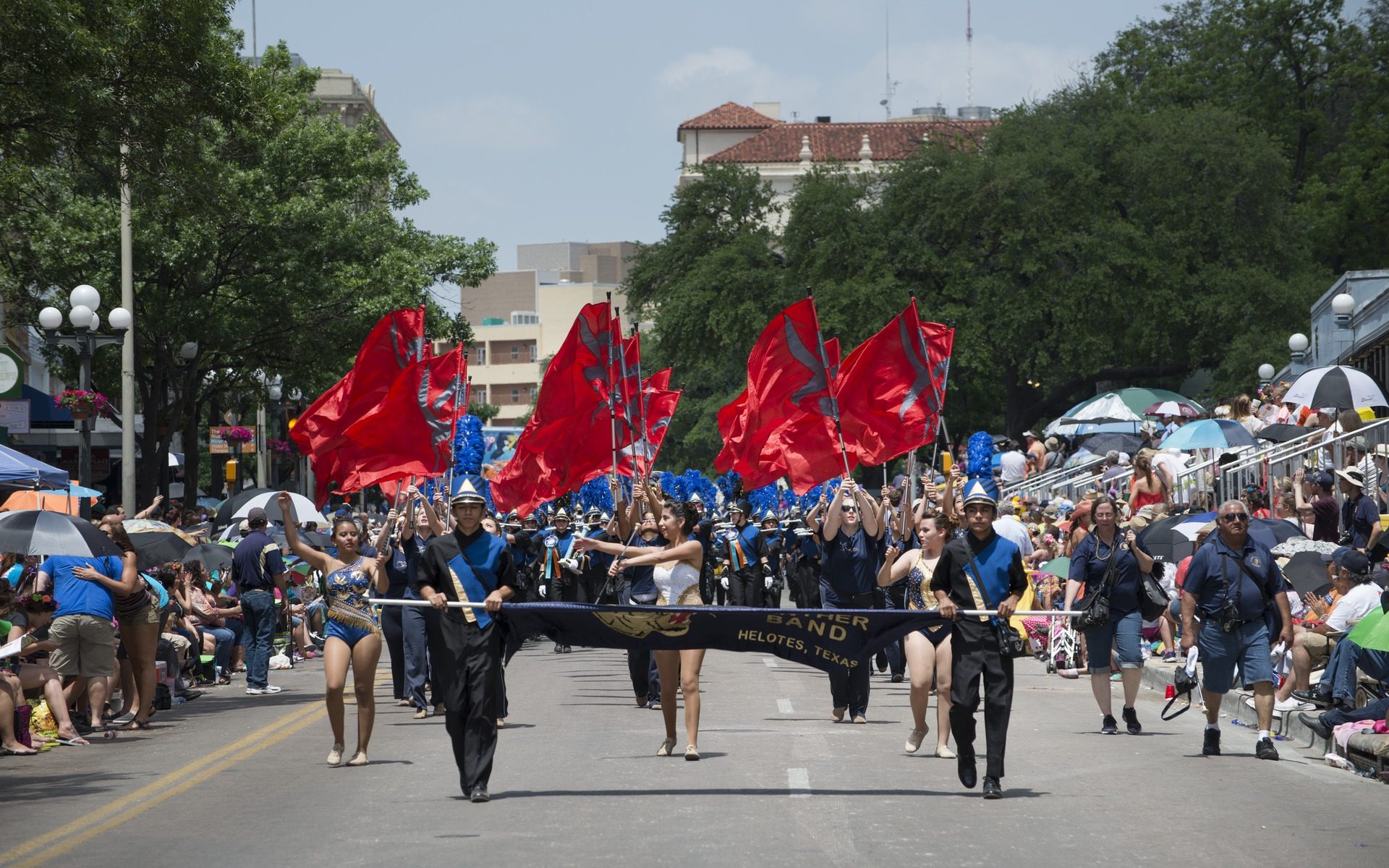Reverend Willie Ford, Jr. http://digitalassets.lib.berkeley.edu/roho/ucb/text/ford_willie.pdf. Regional Oral History Office, The National Park Service, and the City of Richmond, California. Interviews Conducted by Nadine Wilmot, 2006. Reviewed by Gabriel Cohen on February 28, 2019.
Presentation
The website is very simple, which has both potential advantages and disadvantages depending on the audience. The simplicity of the site is undoubtedly useful for those who are unfamiliar with oral history depositories or archived materials. This same simplicity makes navigation quite cumbersome for those who are utilizing the website for research; one has to scroll through dozens of oral histories to find one relevant to what they are researching.
Another obstacle created by the simplicity of the website is the complete lack of metadata. When scrolling through these oral histories, the only metadata presented is the name of the subject of the interview, and the date the interview was conducted. There is a brief synopsis of the interview itself and a very small amount of biographical information provided about the subject. However, if one is looking for specific terms or dates, a heavy reliance on the search feature included in their browser is necessary. Even when conducting these rudimentary searches, there is a great deal of content covered in the interviews that is not touched upon in the synopses on the main page.
After selecting the oral history of Reverend Willie Ford, Jr., I was directed to a transcript of the oral history. Aside from the legal information included, the first information presented in this oral history is a table of contents, which breaks the interview into two distinct sections. This is a useful resource, as the oral history is quite long. However, there are no timestamps attached to the table of contents, which I believe would be of great benefit for a researcher who is interested in a specific type of content.
The main body of text that composes the oral history does have timestamps associated with each part of the dialogue. The interviewer was very thorough with the transcription, which is clear from the mistakes made, such as the poor placement of recording equipment that the interviewer Nadine Wilmot mentions during the interview.
Content
The interview is well organized, and Wilmot was very detail oriented in thorough in capturing Ford’s story. In the first section of the interview, Ford discusses his early life and his family. When Ford began to accelerate the narrative too much, and bypass critical information such as his mother’s occupation and lifestyle, Wilmot very directly yet politely asked him to slow down so that none of these critical pieces of the narrative would be overlooked. Ford seemed quite comfortable with the conversational style Wilmot adopted during the interview, and Wilmot had only to ask very short and concise questions to prompt the narrative to continue. Wilmot’s questions prompted Ford to discuss very sensitive subjects like slavery and segregation, but were put forward with very gentle and unassuming language.
Wilmot’s direct approach did have some drawbacks though. There are a number of instances where Ford was about to touch on an important subject, but Wilmot derailed the conversation to discuss something else. I noted that each time this happened, Ford circled the conversation back around to finish the portion he began previously. The result of this was that the chronology of Ford’s life was presented somewhat out of order at times. In the case of having a very personable and open interviewee, I believe prompting responses in such short intervals detracts from the narrative as a whole. At times, Wilmot ceased to ask questions and let Ford speak continuously for several minutes. This section was the most emotionally revealing portion of the interview. Overall though, Wilmot did a brilliant job making Ford feel comfortable during the interview, even when addressing difficult subjects involving race relations in America in the early 20th century, which is no easy task.

